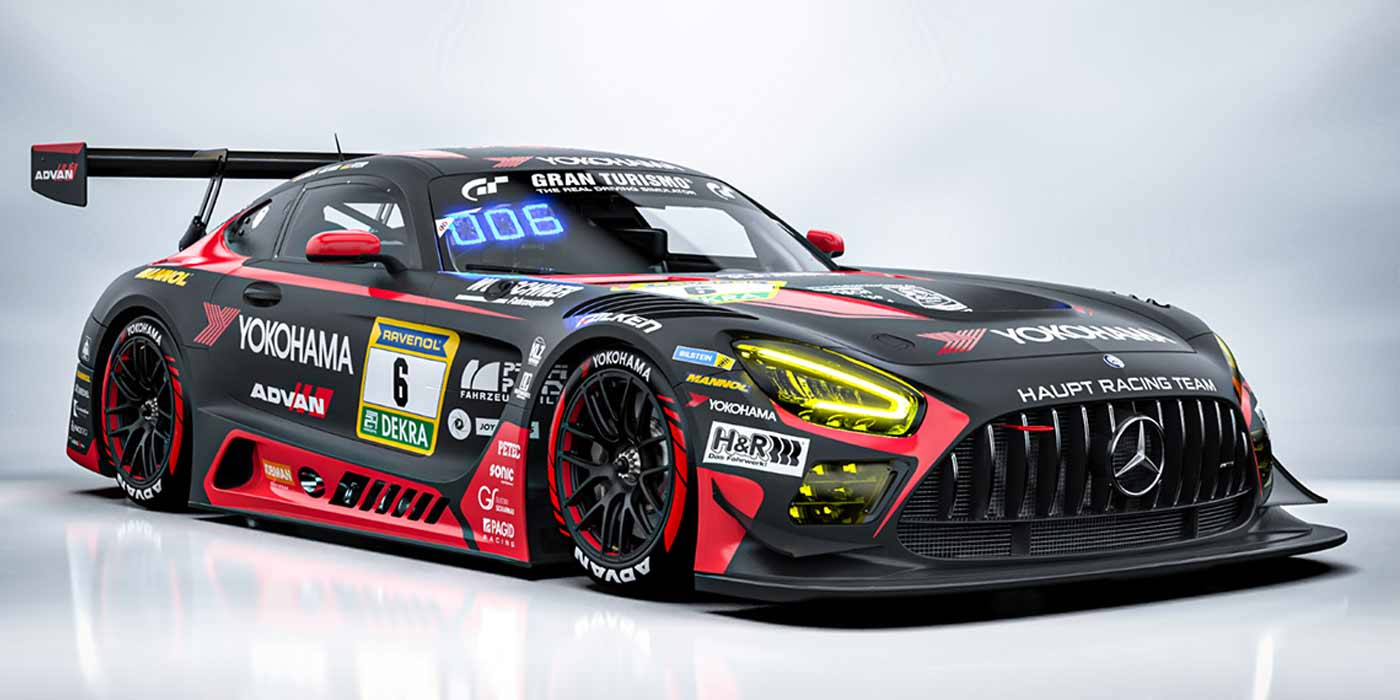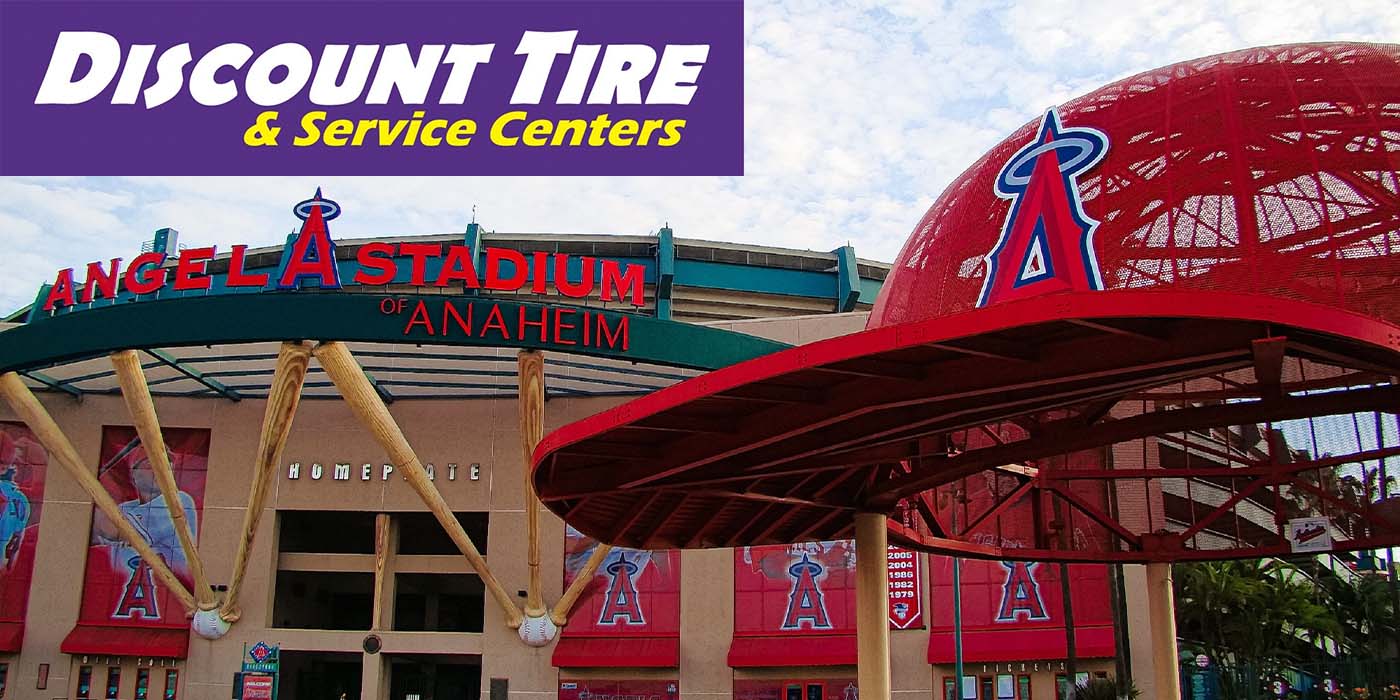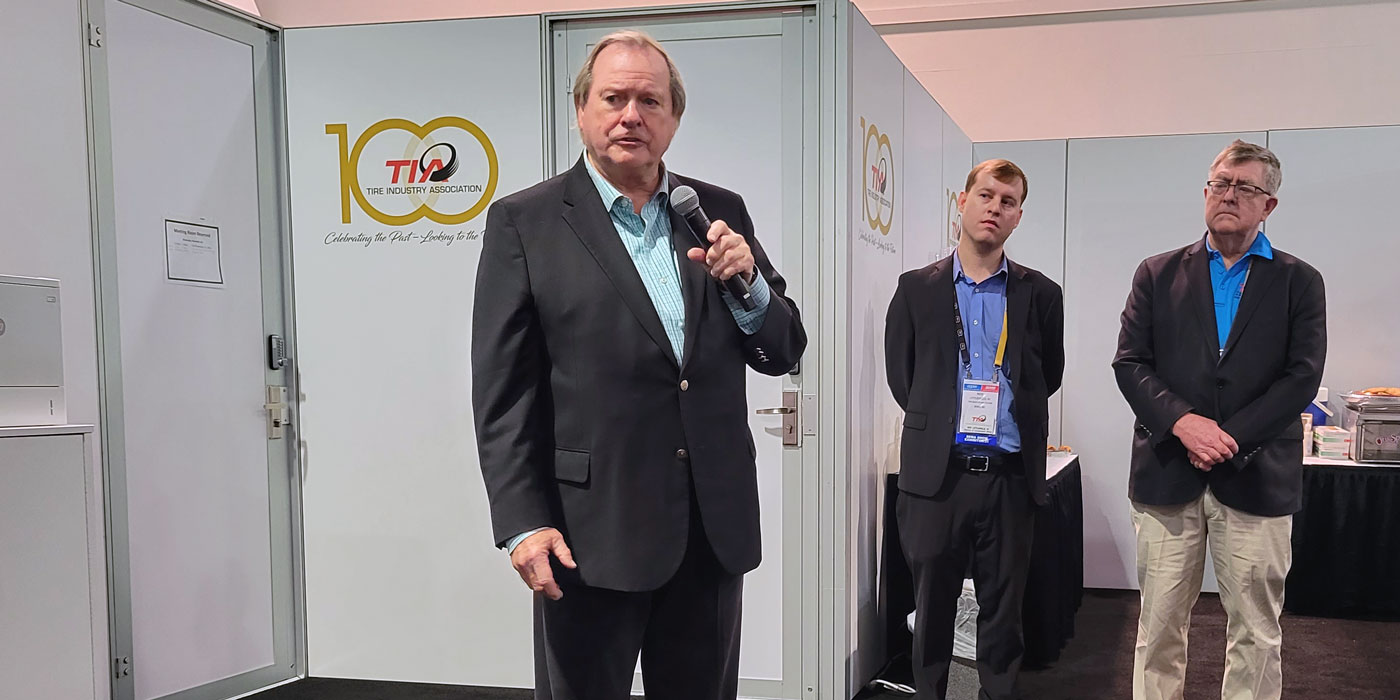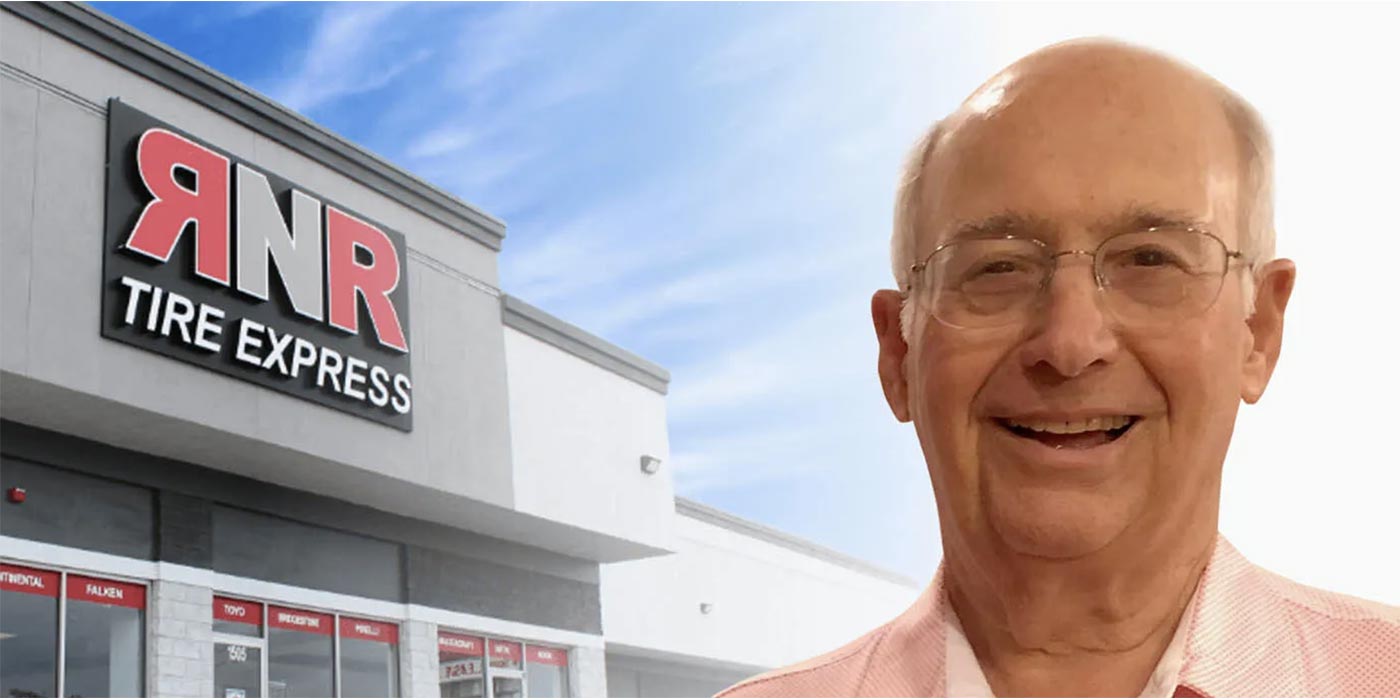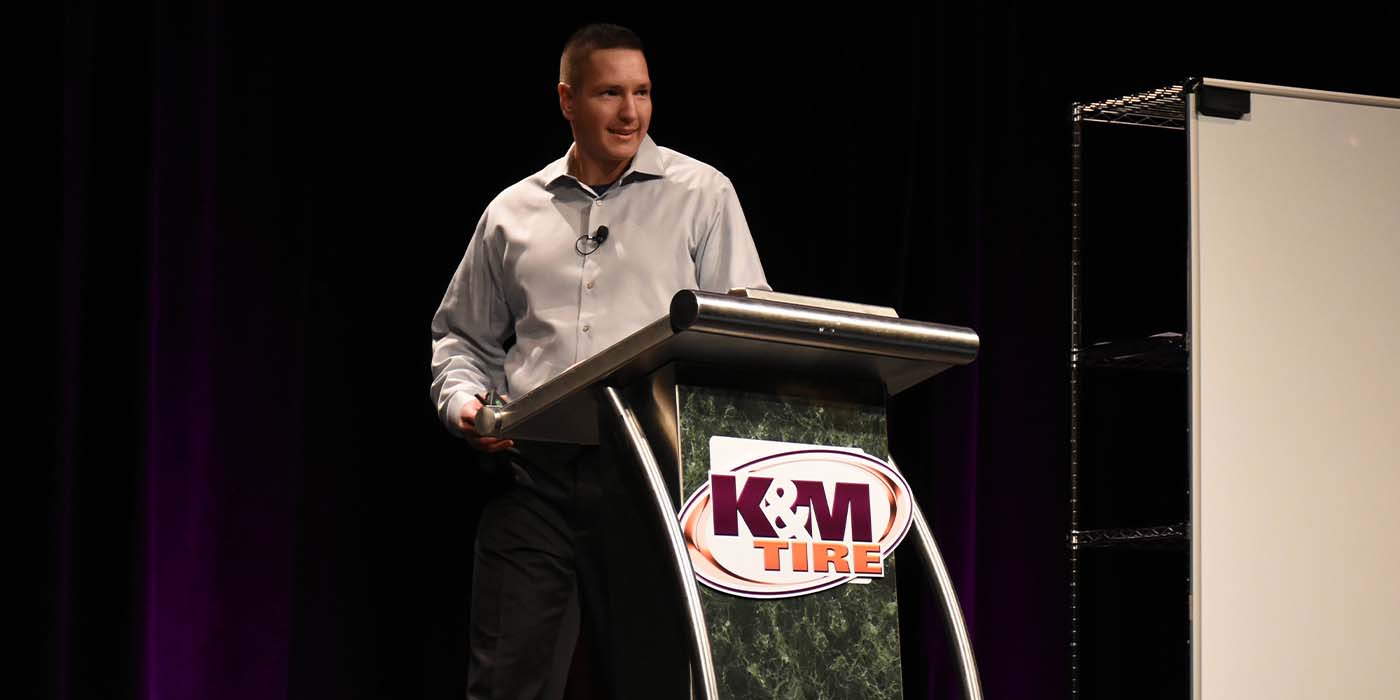After all, base models start in India at $2,200 including taxes and fees – less than a quarter of the sticker price of the least expensive new cars in the United States.
Impressive as this rock-bottom bottom line may be, it took squealing tires to convince me of the Nano’s merits.
From behind the wheel of a bright-yellow model at Tata Motors’ engineering and testing center here in a suburb of Pune, an industrial city some 60 miles southeast of Mumbai, the Nano proved agile and fun to hustle around the test track. The rear wheels could even be coaxed into a sports car-style slide. I found the Nano hugely entertaining, though the engineer riding shotgun beside me – who seemed slightly queasy – might have had a different view.
The turtle-shape four-door comes in three trim levels: base, midlevel CX and the top-of-the-line LX in which I spent much of my time. This version has air-conditioning and power front windows. Interestingly, for a car forged in the spirit of frugality, the relatively costly ($3,800) LX has proved to be the most popular Nano, Tata Motors says, accounting for more than half the orders.
Indian customers have reasons to avoid the barest-bones model, which lacks air-conditioning, power brakes and even map pockets in the doors. The spoil-yourself LX comes with frills like central locking, body-color bumpers, fancier seat and door trim, including map pockets; cup holders in the console, foglights and an outlet for charging a cellphone. The LX even has a small spoiler that presumably helps to keep it anchored to the road in the unlikely event of high speeds. (The top speed is around 65 miles an hour.)
While cost containment was a big factor in the Nano’s development, safety features were not. While all Nanos have three-point safety belts, there are no air bags or antilock brakes.
The steering is not power-assisted, but the car’s light unloaded weight (1,320 pounds) and tight turning radius (13.1 feet) make it nimble. This proved especially useful when Tata Motors allowed a group of journalists to leave the test track and drive through the noontime scrum on city streets.
Cheap though it is, I did not find the Nano to be so cheap that it squeaked. Nor did I hear any rattles on the cratered local roads, which made a credible stand-in for Manhattan’s potholes. The tiny 12-inch wheels coped admirably with the rough terrain, and the power-assisted brakes – old-style drums, not discs – brought the car to a reassuring stop.
An easy to modulate clutch and sharply defined gates in the 4-speed manual transmission made rowing through the gears a breeze. There is no radio – not even as an option – to drown out cabin noise, but thankfully the interior din was limited to the whoosh of the air-conditioner and the distant putt-putt of the 624 cc 2-cylinder engine mounted in the rear. For comparison, that 0.6-liter engine is less than half the size of the 1.5-liter power plants in the Toyota Yaris and Honda Fit.
Acceleration does not impress: from a stop, the Nano takes around 30 seconds to reach 60 miles an hour – twice as long as the slowest gasoline-powered new car in America, the Smart ForTwo. And during my test drive, performance deteriorated noticeably when four or five people were in the car.
Tata Motors prefers to talk about this engine’s carbon-dioxide emissions, which the company says are among the lowest for Indian cars, and fuel economy of 50 miles a gallon.
Despite its seeming power deficit, in the cut and thrust of Indian traffic the Nano proved to be more of a hare than a tortoise. The Nano easily zipped around the ponderous trucks and wheezing auto rickshaws – noisy three-wheel taxis – clogging the streets. Though only 122 inches long (two feet shorter than a Mini Cooper), clever packaging somehow provides plenty of room for four full-size adults.
Visibility is excellent because of an upright seating position and an airy greenhouse. But the lack of an exterior passenger-side mirror – another casualty of cost containment – seemed not just a serious nuisance but a significant safety issue.
Throughout the car are reminders of the engineers’ adherence to a squeaky-tight budget, aimed at holding the starting price to Tata’s promise of 100,000 rupees, or $2,054. (With taxes and fees included, the price to consumers is about $150 more.)
Cost-cutting tricks include a bare-bones dashboard made of a single piece of plastic, adaptable to markets with either right- or left-hand drive. There is only one windshield wiper and no outside opening for the luggage compartment.
The hinges and hardware required for a hatchback would have added too much cost, Tata’s engineers said. So cargo has to be awkwardly loaded from inside the cabin after first folding down the rear bench seat. Buyers may want to factor chiropractor bills into the final cost of ownership.
The car does come with a spare tire, which is stored in the nose.
Ratan Tata, chairman of the Tata Group and Tata Motors, has said the Nano was conceived as a way to help India’s working class, especially the countless families forced to travel on overburdened scooters and motorcycles.
And while the Nano is intended to provide affordable all-weather transportation for people who lack the money to buy existing cars, Tata Motors hopes the car’s penny-pinching charm will captivate truly frugal customers around the world.
Mr. Tata even has the United States in his sights.
At the Geneva auto show in March, Mr. Tata announced that a better-equipped Nano would arrive in Europe by 2011. Fitted with air bags, a wider track between the wheels, revised bumpers and a more powerful 3-cylinder engine, the Nano Europa will meet European safety and emission standards, he said, while also selling as the lowest-price car in every market where it competes.
An American version based on the Europa is also under development, Mr. Tata confirmed during an interview at the Geneva auto show, and could arrive around the same time. Company officials say a hatchback and an automatic transmission are both in the works.
Tata has not disclosed prices for Europe or America, and it has not commented on how the cars might be sold. But it is conceivable that the cars could be offered at Chrysler dealerships, given Tata’s business ties with Fiat, which now controls Chrysler. Sergio Marchionne, Fiat’s chief executive, has said he would like a budget brand that fits below Fiat’s existing models. (Tire Review/Akron)

